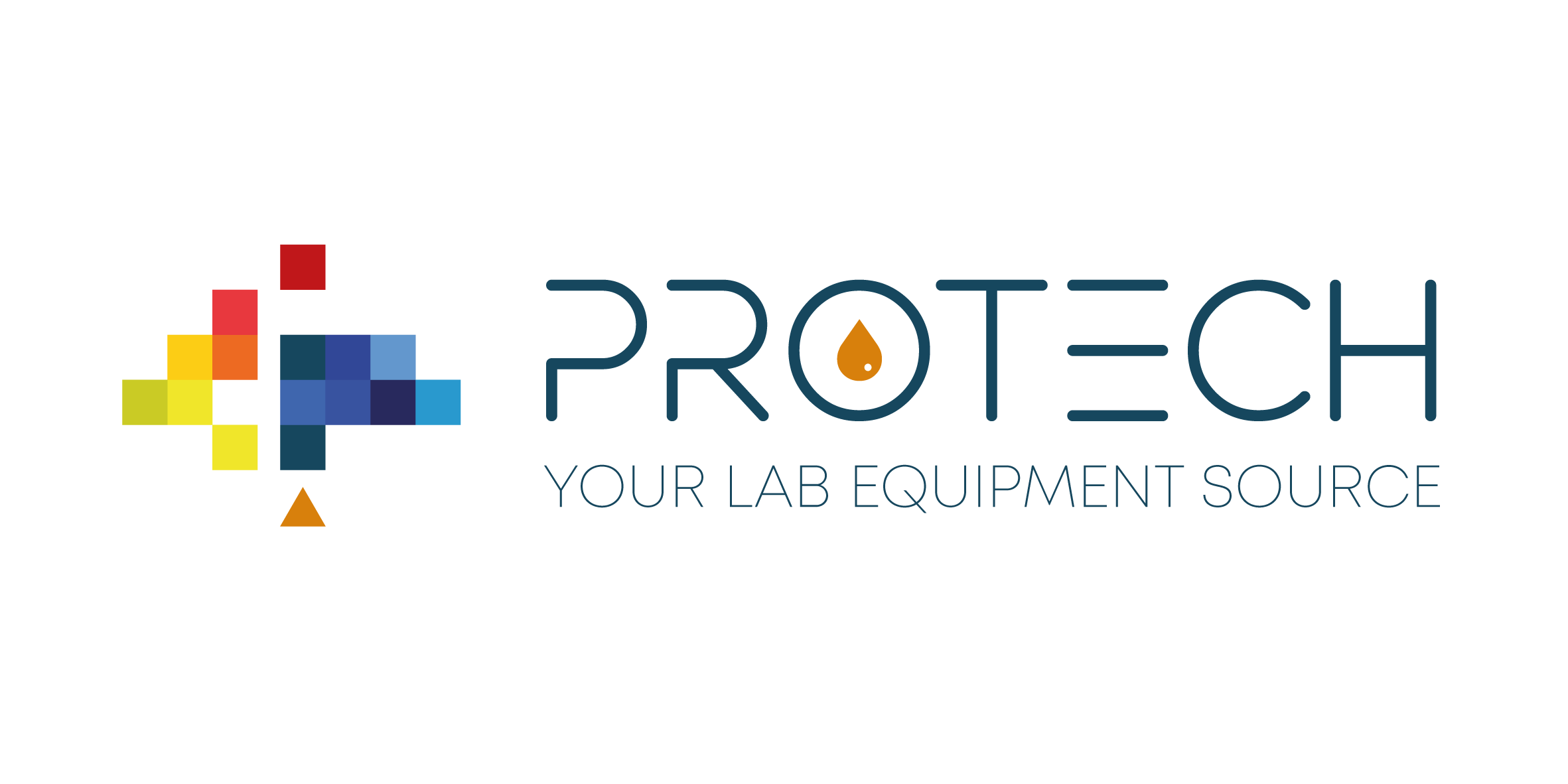10. General Procedure for Kinematic Viscosity
10.1 Adjust and maintain the viscometer bath at the required
test temperature within the limits given in 6.3.1 taking account
of the conditions given in Annex A2 and of the corrections
supplied on the certificates of calibration for the thermometers.
10.1.1 Thermometers shall be held in an upright position
under the same conditions of immersion as when calibrated.
10.1.2 In order to obtain the most reliable temperature
measurement, it is recommended that two thermometers with
valid calibration certificates be used (see 6.4).
10.1.3 They should be viewed with a lens assembly giving
approximately five times magnification and be arranged to
eliminate parallax errors.
10.2 Select a clean, dry, calibrated viscometer having a
range covering the estimated kinematic viscosity (that is, a
wide capillary for a very viscous liquid and a narrower
capillary for a more fluid liquid). The flow time shall not be
less than 200 s or the longer time noted in Specifications
D 446.
10.2.1 The specific details of operation vary for the different
types of viscometers listed in Table A1.1. The operating
instructions for the different types of viscometers are given in
Specifications D 446.
10.2.2 When the test temperature is below the dew point, fill
the viscometer in the normal manner as required in 11.1. To
ensure that moisture does not condense or freeze on the walls
of the capillary, draw the test portion into the working capillary
and timing bulb, place rubber stoppers into the tubes to hold
the test portion in place, and insert the viscometer into the bath.
After insertion, allow the viscometer to reach bath temperature,
and the remove the stoppers. When performing manual viscosity
determinations, do not use those viscometers which cannot
be removed from the constant temperature bath for charging
the sample portion.
10.2.2.1 The use of loosely packed drying tubes affixed to
the open ends of the viscometer is permitted, but not required.
If used, the drying tubes shall fit the design of the viscometer
and not restrict the flow of the sample by pressures created in
the instrument.
10.2.3 Viscometers used for silicone fluids, fluorocarbons,
and other liquids which are difficult to remove by the use of a
cleaning agent, shall be reserved for the exclusive use of those
fluids except during their calibration. Subject such viscometers
to calibration checks at frequent intervals. The solvent washings
from these viscometers shall not be used for the cleaning
of other viscometers.

